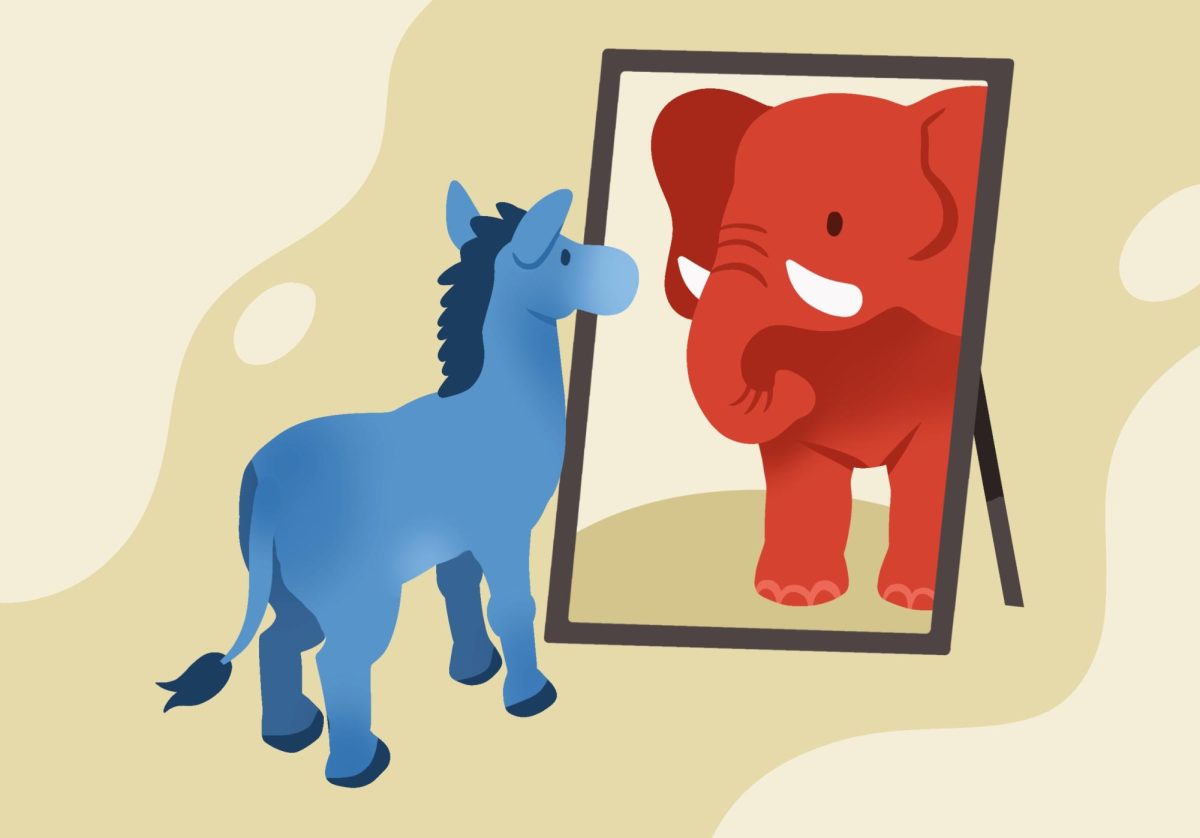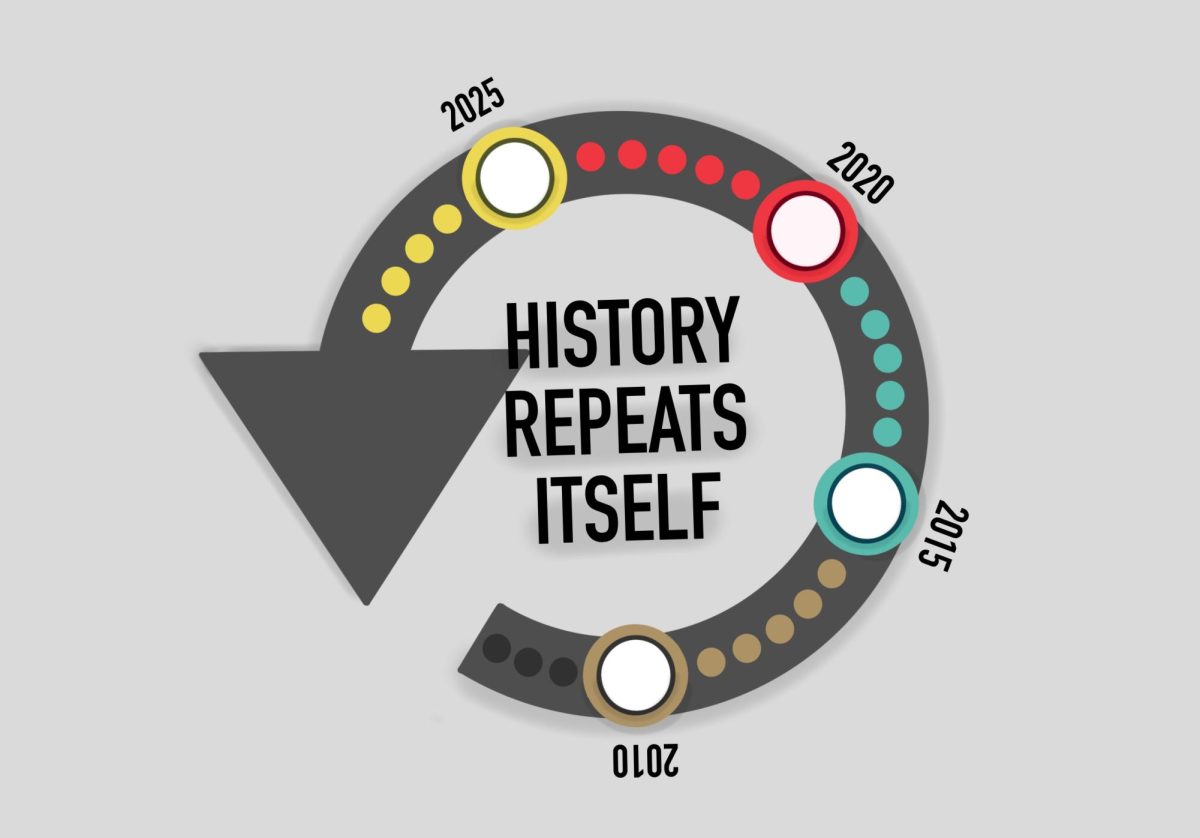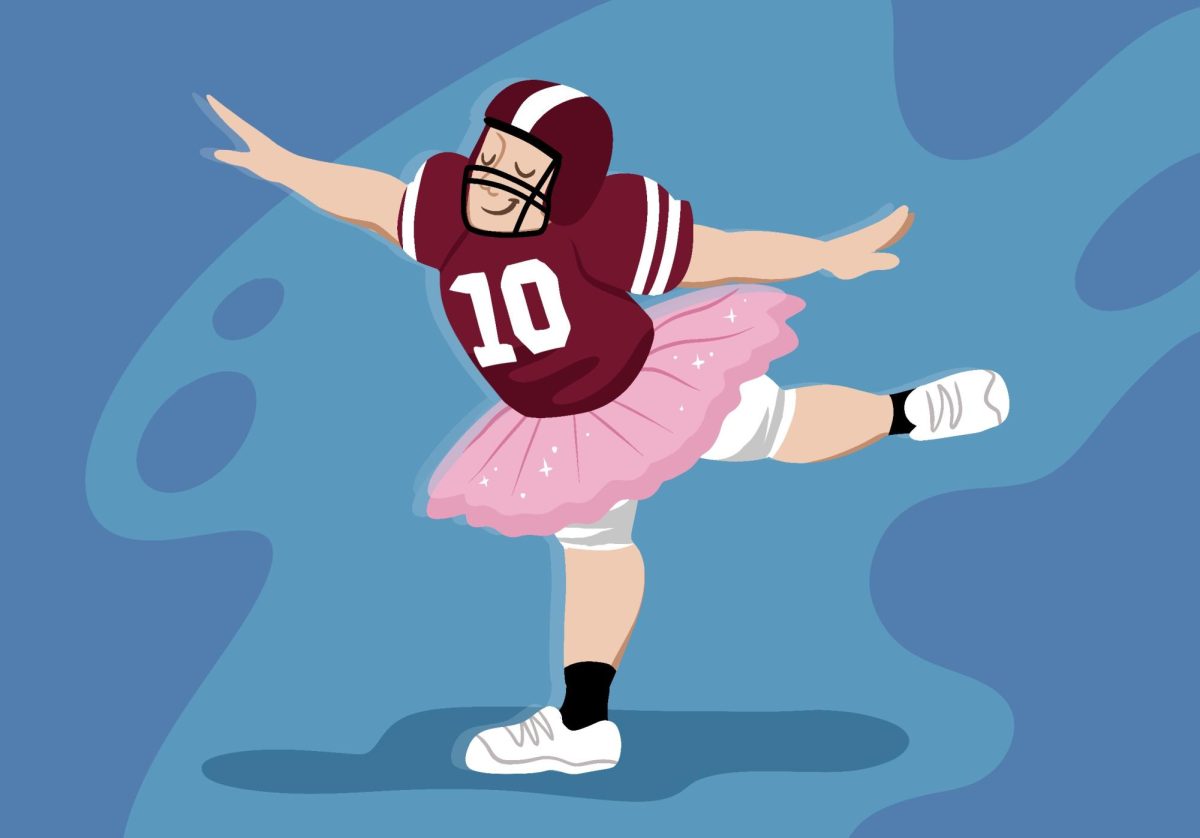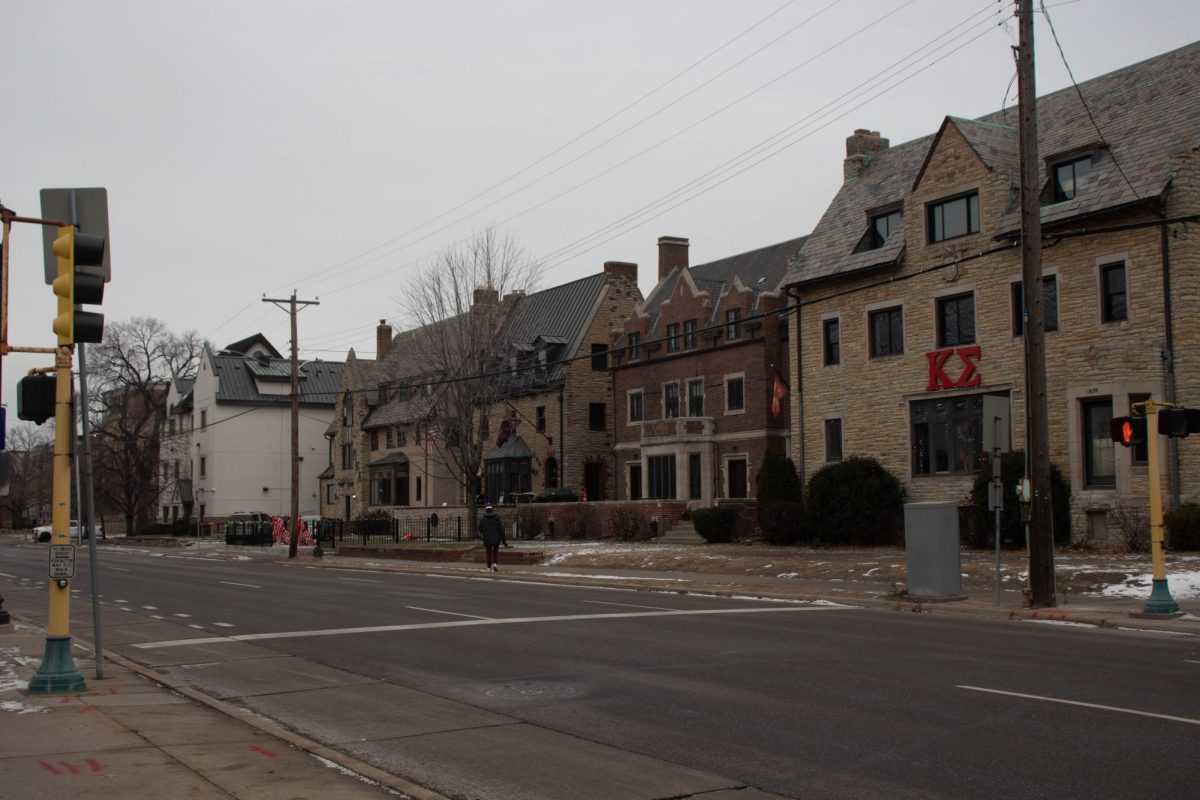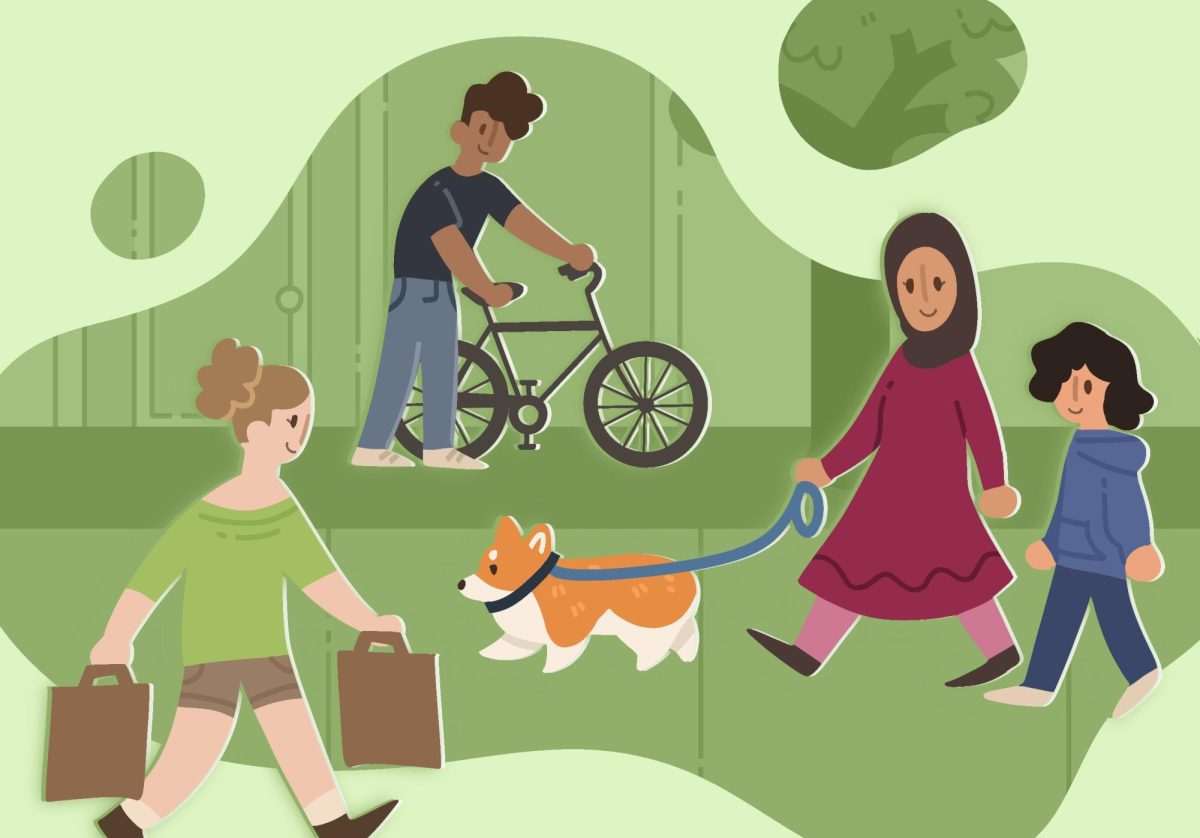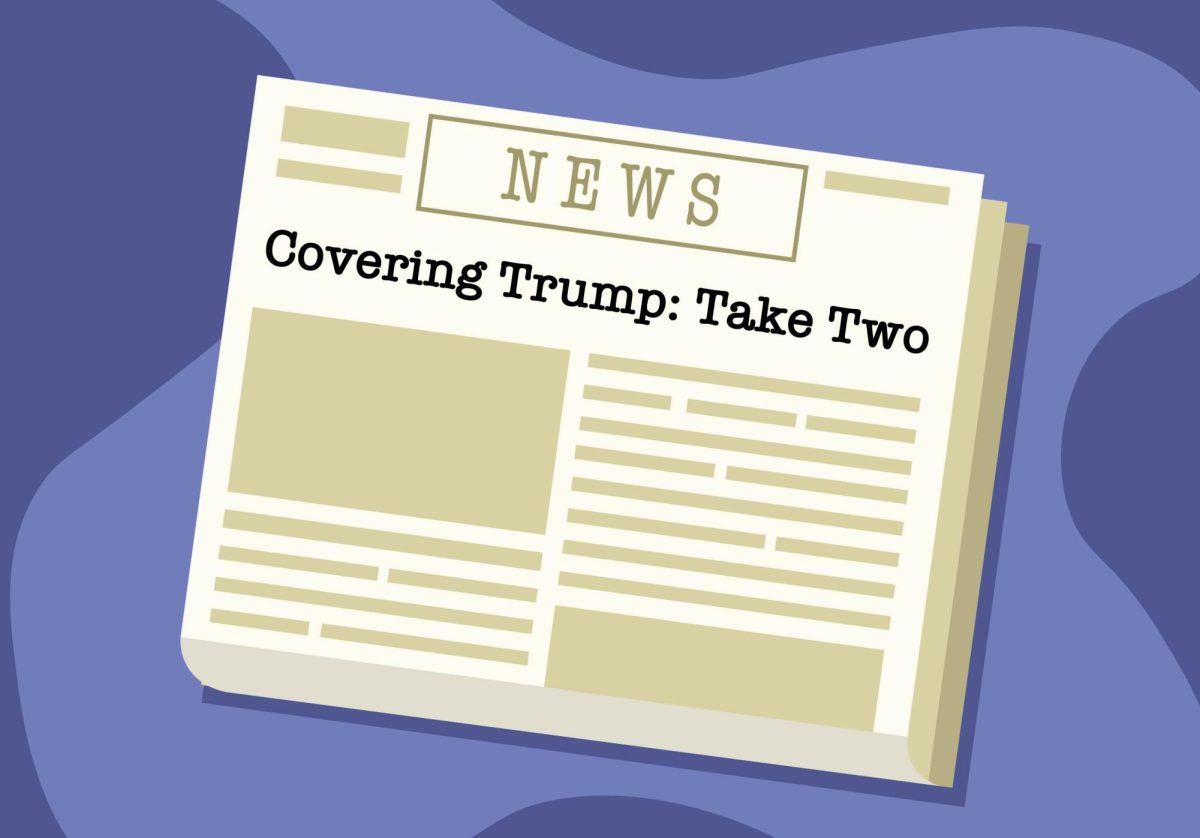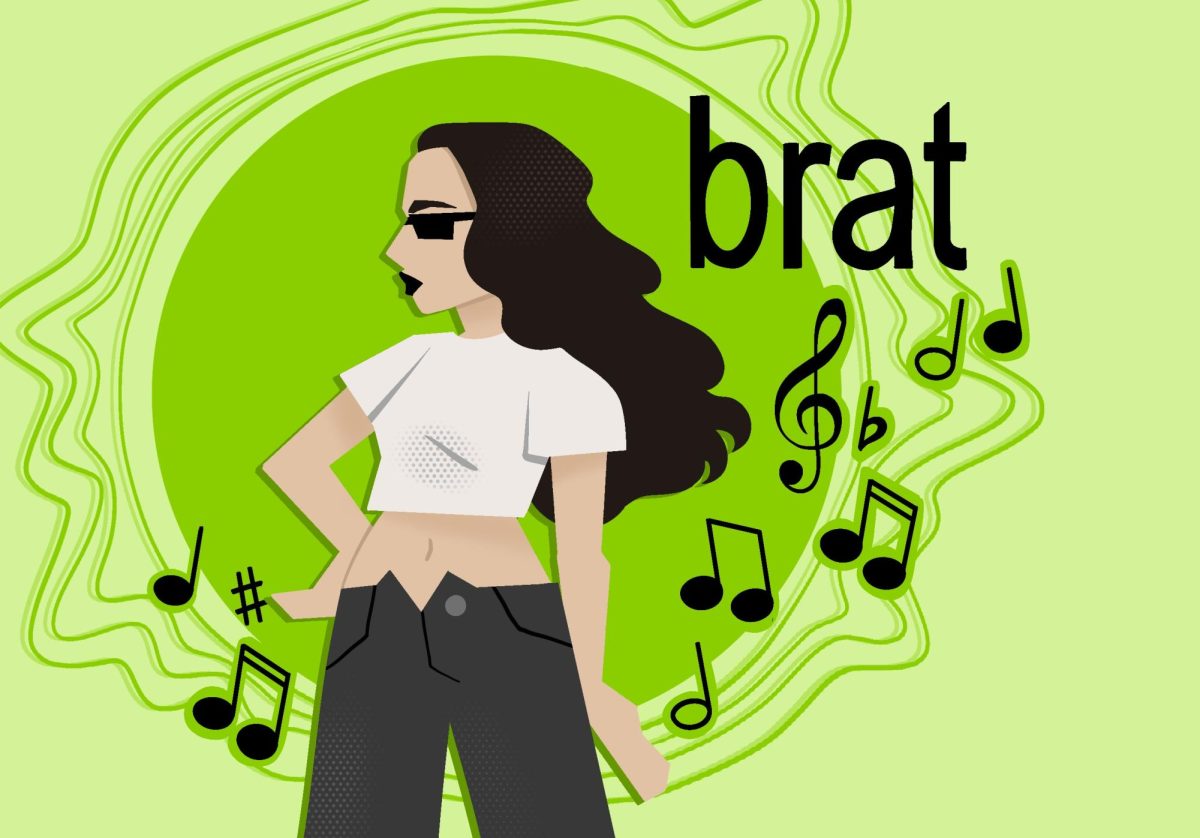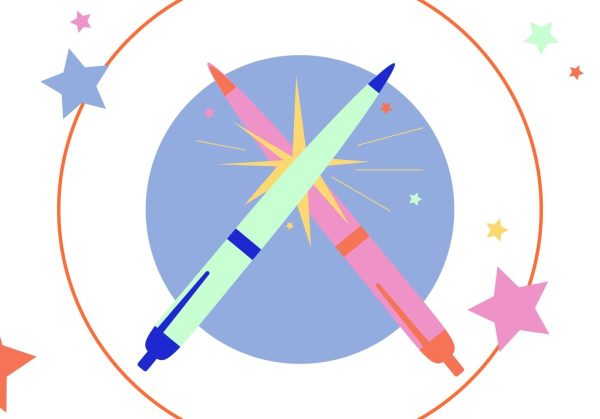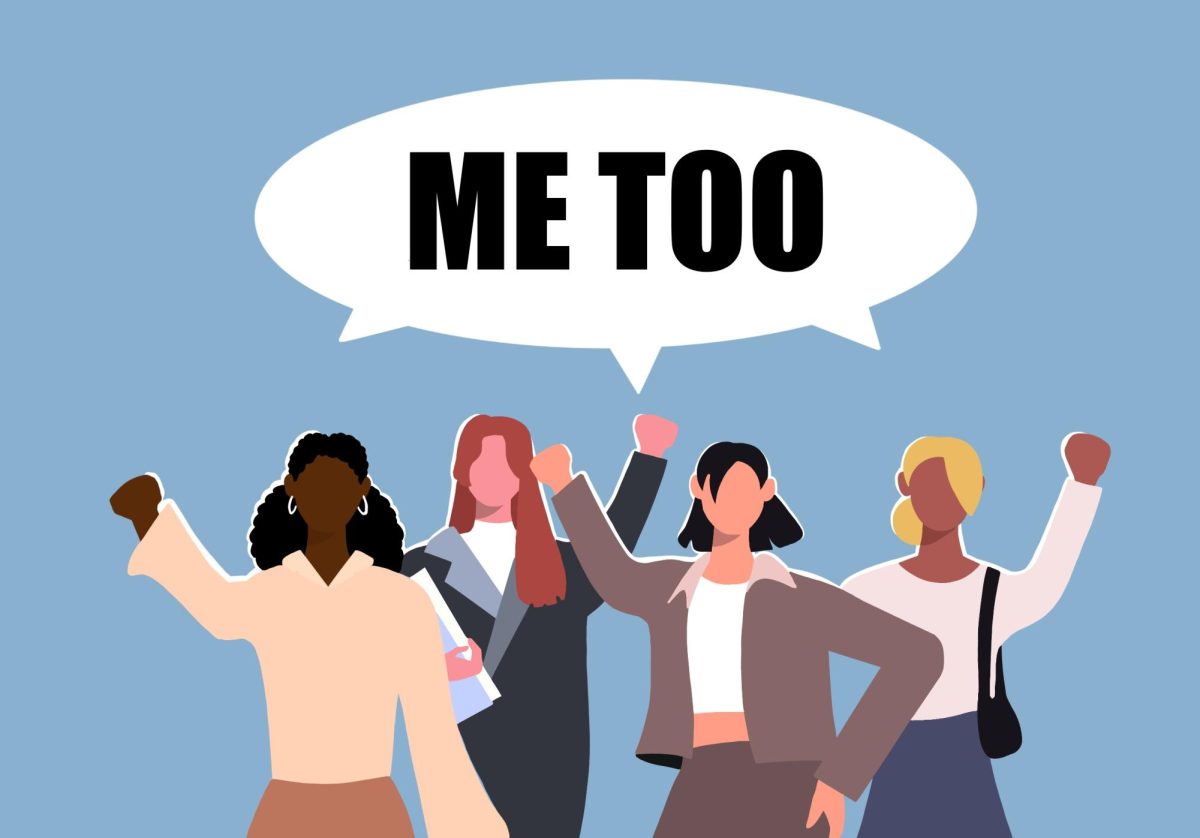Our current system of partisan politics is a sick joke at the expense of the American people, and it’s gone on for far too long.
Politics are not meant to be amusing, and our conflation of entertainment and policy has resulted in a jumbled, black-and-white political landscape that is equal parts false advertising and fluff.
We have more in common than we’re led to believe, and our media landscape exacerbates the division that gets in the way of true bipartisan negotiation and progress. We’ve been warned about this from the very beginning.
There’s been a lot of speculation and fanfare claiming that Republicans and Democrats have become irreparably disparate. Reports from Brown University, NBC and Pew Research indicate a growing hostility between Americans along party lines.
Not everything is as it seems here, though.
The popular narrative around how polarized the Democratic and Republican parties have become is only half the story. Our harsh divisions along party lines only account for our hatred of the parties themselves, as in many ways the American consciousness has remained steadily centrist.
In general, voters across party lines tend to hold similar opinions on many issues. Even the party figureheads tend to concede to similar positions. We saw it with jobs, tax cuts and immigration this past election.
A Gallup poll of voters ranked the economy as their most important issue, and Howard Lavine, professor of political science at the University of Minnesota, said voters have stayed consistent on economic issues for the most part.
“I will say that the mass public has not become more extreme in its views on at least economic issues,” Lavine said. “Over the past 40 years, most people are still centrist, so we haven’t seen a move out to the extremes. The Democrats are a little bit more to the left, the Republicans are a little bit more to the right because mostly they’re just following the party elites. But they, at least on issues, are not that polarized.”
According to the Political Compass, which aims to measure individuals based on their political ideologies regarding social and economic issues, all four of the main presidential and vice presidential candidates in this election, both Republican and Democrat, were placed in the upper-right quadrant.
Vice President Kamala Harris and President-elect Donald Trump are more disparate in ideology than in the previous election, with the difference between Trump and President Joe Biden being almost insignificant as modeled by the compass. However, the gap between Trump and Harris doesn’t seem to be much more extreme than it was between former Presidential candidate Hillary Clinton and Trump in 2016. Still, all of these examples remain within the upper-right quadrant.
These charts don’t indicate a consistent trend of polarization, especially given that they are all still within the same quadrant.
Maybe we can all share a small sigh of relief, given that we have more in common than we originally thought, and our differences are in fact not irreparable.
It seems as if partisan politics in the U.S. tends to encourage and foster division. As we’ve made minor shifts here and there, our perceptions of those on the other side of the ticket have grown more and more distorted.
We’ve been warned against this from the very beginning.
George Washington’s famous farewell address made the assertion that factions, or as we now interpret them as political parties, turn politics into a dividing force instead of a unifying one, which is counterintuitive to the mission of democracy.
Washington specifically said political parties only serve as vehicles to fragment the nation.
“Unprincipled men will be enabled to subvert the power of the people and to usurp for themselves the reins of government,” Washington said. “Destroying afterwards the very engines which have lifted them to unjust dominion.”
This sentiment rings true today.
Politics have become more gamified and rooted in entertainment than ever before. We have a 24-hour news cycle and social media platforms that popularize short-form content without nuance. Everything needs to grab our attention and be digestible within a short time frame. There’s no time for clarity of argument or acknowledgment of the other side in a 30-second clip.
Alma Quiroz, a first-year University student, said she believes the media can make division worse.
“The media has definitely made it more polarizing,” Quiroz said. “It’s becoming more about (a politician’s) political party rather than the things that they’re going to bring into office.”
Lavine said a large component behind the increased polarity between Democrats and Republicans is social media’s interest-based algorithms.
“Social media stories are curated by algorithms that let you see more of what you seem to want to see, which is more and more one-sided coverage of politics,” Lavine said. “I think young people in particular, are particularly polarized given the kinds of media that they pay attention to.”
We are incentivized to see only the validity of our concerns and don’t even often think about the common or middle ground between us and our political opponents.
We need to embrace politics for all of its nuance and pragmatism, not shy away from it. Black-and-white thinking is hurting all of us, and we don’t need to grow so detached from an entire other half of the population based upon a few issues, given how much we actually have in common.
By continuing to reduce the other side, we too are complicit in harming our democratic process. It may be hard, but we should all try to separate ourselves from reductionist narratives and stereotypes based on our political leanings, and see what we can do to amend the polarization in our country.
It starts with us.


